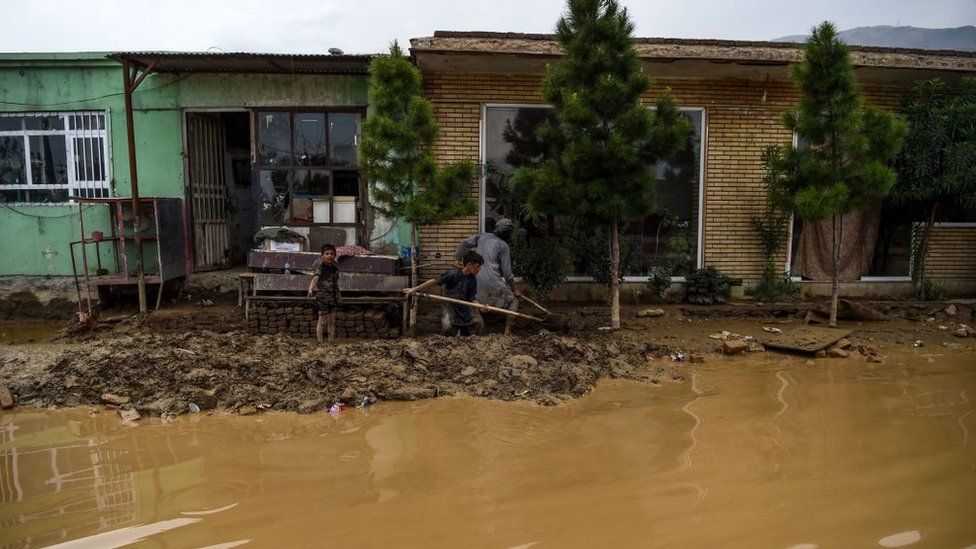- August 3, 2022
- Posted by: strategia
- Category: Humanitarian News

Statement by Neil Turner, the Norwegian Refugee Council’s (NRC) Country Director, on the situation in severely flood-hit Afghan provinces:
“This year’s unseasonal flooding is catastrophic for impacted communities in Afghanistan. The scale of destruction is unparalleled. Flash floods have swept away entire sections of roads and other critical infrastructure – bridges, wheat mills, hospitals and schools. People have lost their businesses, and the entire families have seen their homes and acres of farmland destroyed.
“We estimate that more than 18,000 people have been affected, many of whom were already struggling to survive. Over 40 people have lost their lives to date. The disaster has hit nine of Afghanistan’s provinces, including Khost and Paktika, areas which only just witnessed a devastating earthquake in June.
“The situation in rural Afghanistan was already critical before the flooding. The economic crisis following the Taliban takeover last year has pushed many farmers into severe debt, as they struggle to pay for the seeds and fertilizer to plant this season. With their crops wiped away and winter just around the corner, these communities have zero time to recover.
“We are deeply concerned that the recent floods will trigger another wave of poverty and displacement. We need timely and flexible humanitarian funding to address the immediate needs of flood-hit communities. At the same time, the international community must take urgent steps to mitigate the harm caused by the current economic restrictions imposed on the country.”
Facts and figures
- NRC has launched an emergency response to help people affected by the flooding in Nangarhar, Uruzgan and Zabul provinces. We are also scaling up our work in Khost and Paktika, where our teams continue to assist the earthquake-affected communities.
- NRC’s assessment of the impact of flash floods indicates that over the past week across nine provinces 42 people lost their lives and 56 were critically injured; 1,720 houses were destroyed; 3,073 houses were damaged; 790 acres of agricultural land was destroyed; 444 tube wells were inundated; 12 wheat mills were destroyed; 28 bridges collapsed; more than 5 km of roads were damaged.
- Over 24 million people – more than half of the Afghan population – need humanitarian assistance to survive. That is an increase of 30 per cent from last year.
- The dire humanitarian crisis and economic collapse of Afghanistan is driven primarily by the international financial and political restrictions placed on the de facto authorities, which followed the 2021 takeover of the country.
- The REACH mid-year assessment for Afghanistan indicates a worsening economic situation for Afghans, with families taking on more debt, primarily driven by the need to purchase food amidst rising food prices and shrinking incomes, even as they spend less each month.
- FAO-WFP have now listed Afghanistan in the top six countries that have populations identified or projected to experience starvation or death, or at risk of deterioration towards catastrophic conditions, requiring the most urgent attention.
- Poor harvests were already forecast for the year due to ongoing drought, household debts and the inability of farmers to procure seeds and fertilizers under the current economic sanctions. This, coupled with destruction caused by the floods raise serious concerns around food availability during the forthcoming winter period.
